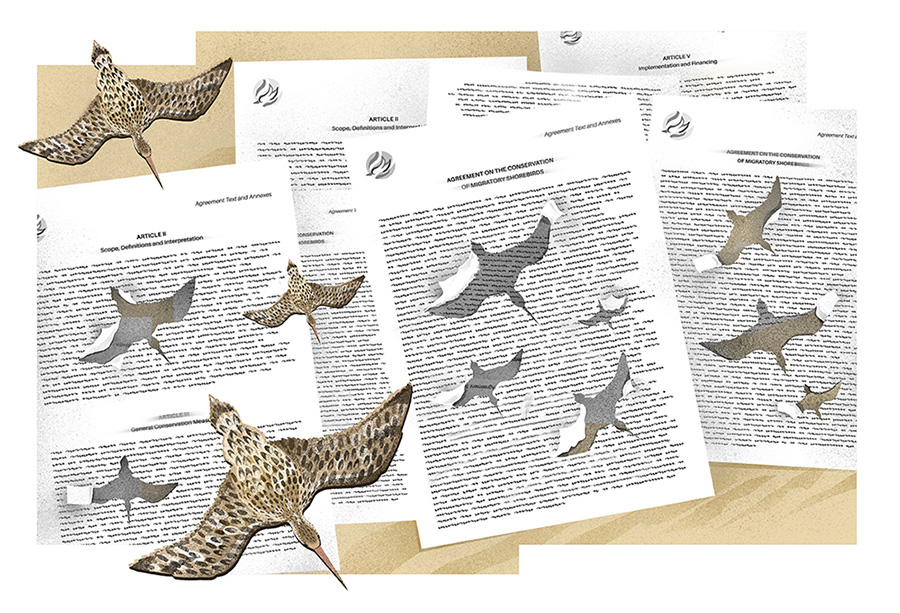Madagascar has faced rapid and extensive deforestation since it was colonised 2000 years ago. Approximately 90% of its original forest cover has already been lost; the rest highly fragmented. The habitats of forest-dwelling species have been significantly reduced; what remains is chopped up into disjointed patches.
European researchers Gillian Olivieri, Victor Sousa, Lounès Chikhi and Ute Radespiel are using this unfortunate situation as a natural laboratory for studying the effects forest fragmentation on the genetics of mouse lemurs. Mouse lemurs form a group of 18 small primate species found throughout Madagascar. On Madagascar’s western coast, Microcebus ravelobensis, M. bongolavensis, and M.danfossi occupy adjacent regions, separated only by large rivers.
Prior to forest fragmentation, Olivieri and colleagues conjecture that there was likely a consistent pattern of genetic variation among these species. Neighbouring populations of each species were likely to be genetically similar, while more distant populations showed genetic differences. Migration between adjacent populations would have allowed genes to move back and forth, preserving the relationships between populations.
Olivieri and colleagues examined the effects of fragmentation on these genetic structures by using microsatellite markers in Microcebus. DNA samples were taken from populations of M. ravelobensis, M. bogolavensis, and M. danfossi occupying both large forests and small fragments. Some populations inhabit adjacent forests, while others reside over 60 km apart. Several of the M. ravelobensis populations were from the continuous and large Ankarafantsika National Park.
The team’s analyses show that past deforestation has left a genetic imprint on all three species. Regardless of the species, almost all study populations bear the genetic mark of a relatively rapid and recent population crash. Their analyses indicate that this crash occurred within the last 500 years, which coincides with the acceleration of both Malagasy population growth and deforestation. This rapid loss of habitat apparently caused the populations of all three species to quickly decrease. According to the researchers’ calculations, each species likely had effective population sizes between 10,000 and 20,000 individuals before the crash. Post-crash, the populations decreased by about two orders of magnitude. Even populations in the interior of the Ankarafantsika National Park showed evidence of a collapse. This indicates that fragmentation can affect populations in even large forest stretches.
Olivieri and colleagues also found vestiges of the past genetic structure in M. ravelobensis, the species for which they had the most samples. Neighbouring populations had similar microsatellite patterns. Differences increased with increased distance between populations, a pattern known as isolation by distance. This adds additional strength to the author’s argument that deforestation occurred recently; if it had occurred further in the past, isolated populations would have already drifted off in random genetic directions. This genetic drift could eventually erase or disturb the geographic pattern in genetic structure.
Olivieri and colleagues were able to detect further genetic effects of forest fragmentation. Their analyses revealed unique genetic characteristics for each M.ravelobensis population that occurred in the forest fragment. In comparison, populations within Ankarafantsika National Park still resembled each other genetically.
Findings such as these help conservationists use genetics to inform conservation decisions. For example, Olivieri and colleagues’ data indicates that there is a long-standing pattern of diversity throughout the range of M. ravelobensis. While the Ankarafantsika National Park protects a portion of this diversity, populations further away have their own genetic characters that warrant protection.
This study also illustrates the demographic effects of rapid deforestation in the form of population crashes. The genetic signature of these population crashes was created by the random loss of microsatellite alleles occurring in the lemurs that died because of habitat loss. While microsatellites have no known biological function, alleles of other genes should also have been lost in the same event. As a consequence, these mouse lemur species are now facing a changing environment and climate with reduced genetic diversity that may ultimately limit their potential to evolve and adapt.
This study is part of the growing field of conservation genetics. In addition to major conservation journals, studies such as this which investigate the hidden – but extremely important – genetic consequences of fragmentation appear in the journals Conservation Genetics and Molecular Ecology.
Summarised from:
Olivieri, G., V. Sousa, L. Chikhi and U. Radespiel. 2008. From genetic diversity and structure to conservation: Genetic signature of recent population declines in three mouse lemur species (Microcebus spp.). Biological Conservation 141: 1257-1271.
Nathan Brouwer (brouwern@gmail.com) is a PhD student at the Department of Biological Sciences, University of Pittsburgh, USA.





